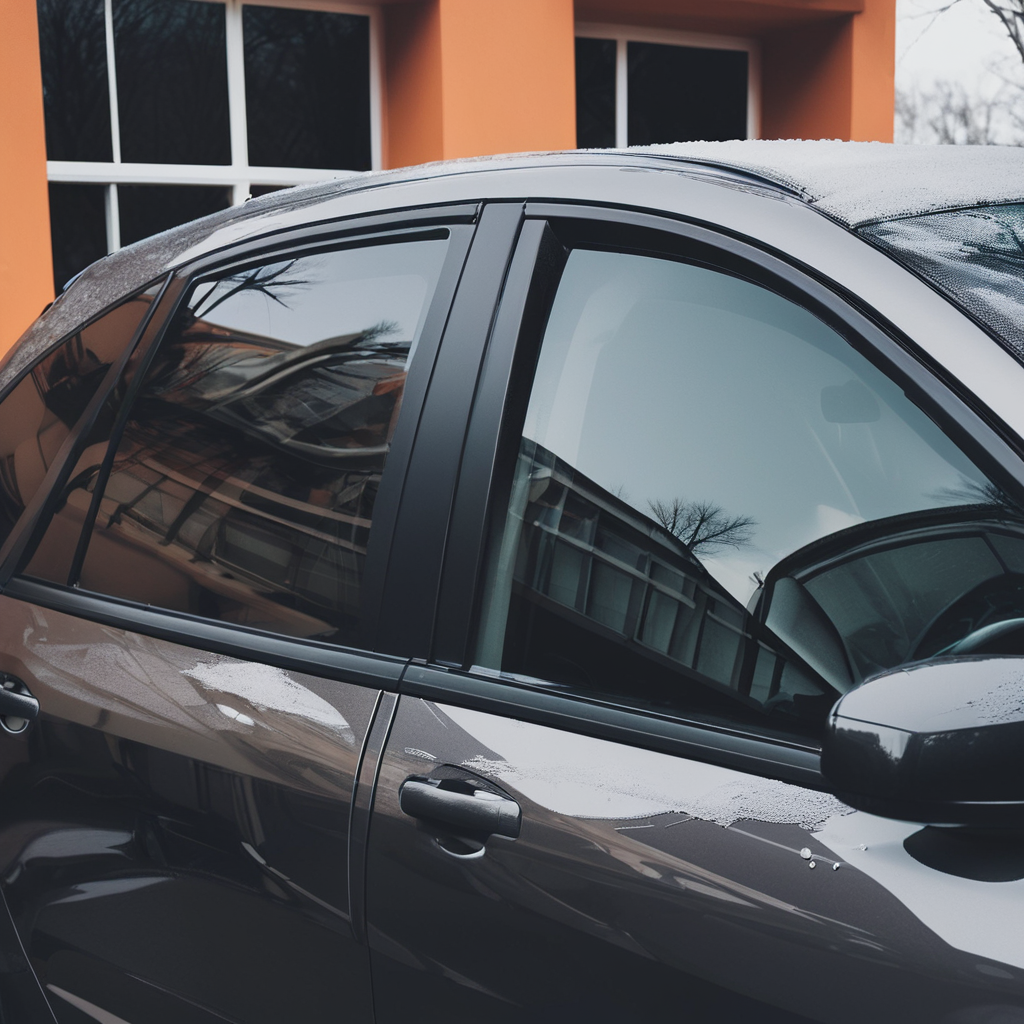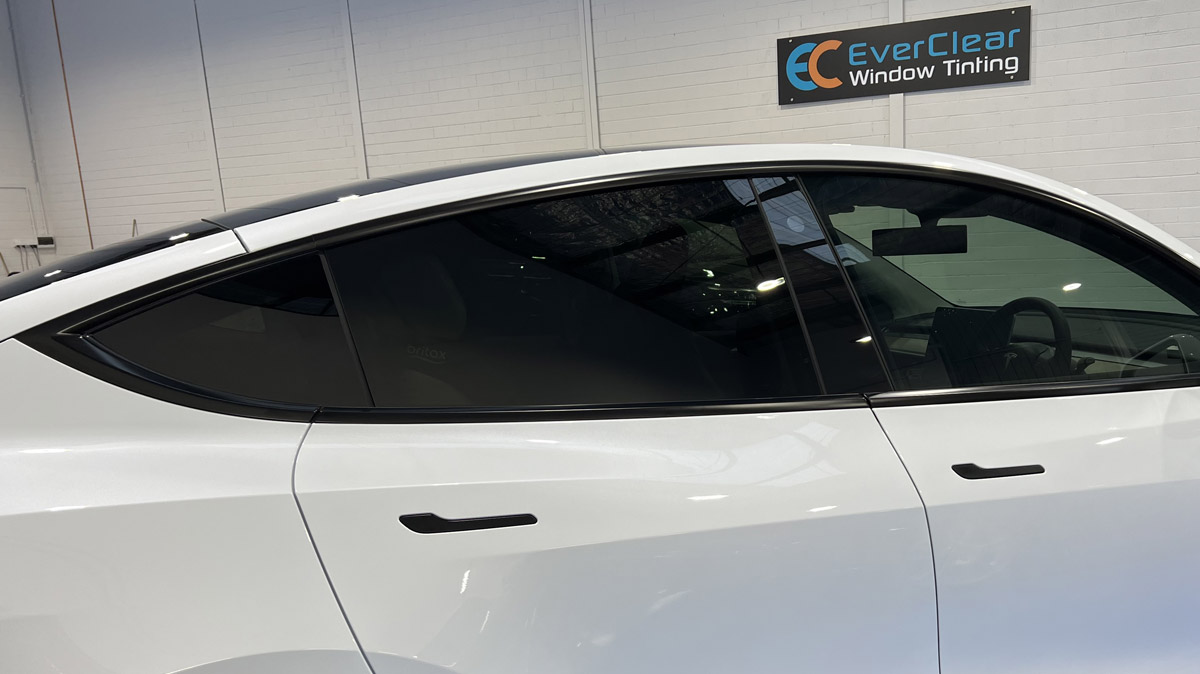The Science Behind Automobile Window Tinting and UV Ray Security
The Science Behind Automobile Window Tinting and UV Ray Security
Blog Article
Window Tinting Laws and Guidelines: What You Required to Know Prior To Tinting Your Vehicle
Prior to continuing with home window tinting for your automobile, it is vital to familiarize yourself with the varied laws and standards that govern this method throughout various states. These policies determine the acceptable levels of tint darkness, commonly determined by noticeable light transmission (VLT) percents, and include certain stipulations for front windshields aimed at ensuring road safety.
Introduction of Home Window Tinting Regulations
Home window tinting regulations are regularly subject to variation throughout different jurisdictions, reflecting regional policies and security factors to consider. These laws dictate the permitted degrees of tint darkness and reflectiveness on vehicle windows, making sure that vehicle drivers maintain ample visibility while likewise safeguarding versus dangerous UV rays and warm.
Many guidelines classify window tinting based upon the Visible Light Transmission (VLT) percentage, which indicates the quantity of light that can pass with the home window. Typically, reduced VLT portions represent darker tints. Laws usually separate between the front, side, and back windows, with stricter constraints used to the front windscreen to boost safety and security for both the motorist and various other road individuals.
Compliance with home window tinting regulations is crucial, as offenses can result in fines, necessary elimination of the color, and potential rises in insurance premiums. It is important for vehicle proprietors to familiarize themselves with local regulations before proceeding with home window tinting setups.
State-by-State Tint Laws
Comprehending the particular window tinting guidelines in each state is important for vehicle owners seeking to follow the law. Each state in the U.S. has actually developed its very own collection of policies controling home window tinting, which can vary dramatically. These laws typically determine the allowed levels of color darkness, the sorts of home windows that can be tinted, and any type of medical exceptions that may use.
As an example, states like The golden state have rigorous restrictions on color darkness for front windows, while others, such as New Mexico, might permit darker tints. Furthermore, particular states mandate details presence percentages for various windows, consisting of the windshield, front side home windows, and back home windows. It is essential for auto proprietors to acquaint themselves with their state's regulations to prevent prospective fines or charges.
Moreover, some states might need a qualification sticker to be positioned on tinted windows, indicating compliance with state regulations. Failing to adhere to these policies not just runs the risk of legal effects yet can additionally affect safety and security and visibility while driving. Car owners ought to perform complete research or seek advice from local authorities to make sure complete understanding and compliance with state-by-state color laws.
Allowed Tint Kinds and levels
Numerous lorry owners may be stunned to find out that allowed color degrees and types vary commonly across different states. Each state has developed its very own guidelines regarding the allowable darkness and reflectivity of home window color, commonly determined by Visible Light Transmission (VLT) percents. VLT refers to the quantity of light that can travel through the tinted home windows; thus, a reduced percentage indicates a darker color.

Furthermore, the kinds of color materials allowed can site differ, with some states banning metal or mirror-like finishes. It is vital for automobile owners to acquaint themselves with their state's details laws to ensure compliance. Non-compliance can lead to penalties, required removal of the color, or various other legal consequences, making it crucial to recognize these policies before waging installation.
Medical Exceptions for Tinting
While not all states give allocations for clinical exceptions concerning home window tinting, those that do recognize the necessity for details people to improve presence and convenience due to medical problems. Numerous medical problems, such as lupus, skin cancer, and certain eye problems, can render individuals specifically delicate to sunshine. Subsequently, these individuals may need darker tints to protect themselves from harmful UV rays and glare.

It is vital to keep in mind that despite having a clinical exception, there may still be limitations on the level of color enabled. Conformity with state laws makes sure that individuals are both protected and within legal restrictions. Those considering clinical exemptions need to call their neighborhood Division of Electric motor Cars or equal authority to comprehend the treatments and demands necessary to request an exemption successfully.
Fines for Non-Compliance
Falling short to follow window tinting regulations can lead to substantial penalties, which differ by state. Law enforcement firms are empowered to release citations for cars that do not comply with the specified tinting policies. These charges generally consist of fines, which can range from moderate quantities to numerous hundred bucks, depending upon the extent of the infraction and the state concerned.
In some jurisdictions, repeated offenses might cause rising fines or added charges, such as compulsory court appearances. In addition, non-compliance may demand the elimination of unlawful tinting, often at the proprietor's Visit Website expenditure. In severe situations, regular culprits might encounter suspension of their vehicle registration up until compliance is attained.
In addition, insurance policy effects might develop from receiving multiple citations for home window tint violations. Insurance companies might check out such infractions as a sign of riskier behavior, possibly bring about raised costs or problem in coverage.
To stay clear of these penalties, it is important for automobile proprietors to acquaint themselves with their local home window tinting legislations and ensure that their automobile complies (Window Tinting). This proactive approach not just avoids legal ramifications yet likewise promotes roadway safety
Verdict

The majority of policies categorize window tinting based on the Visible Light Transmission (VLT) percentage, which indicates the quantity of light that can pass through the window. Conformity with window tinting guidelines is critical, as violations can result in penalties, obligatory elimination of the tint, and prospective boosts in insurance policy costs.Understanding the particular window tinting regulations in each state is vital for lorry owners seeking to abide with the regulation. These regulations frequently determine the allowed levels of tint darkness, the types of windows that can be tinted, and any clinical exceptions that may use.
For instance, states like California have stringent limitations on tint darkness for front windows, while others, such as New Mexico, may enable darker tints.
Report this page